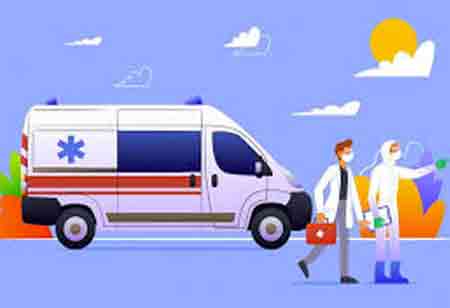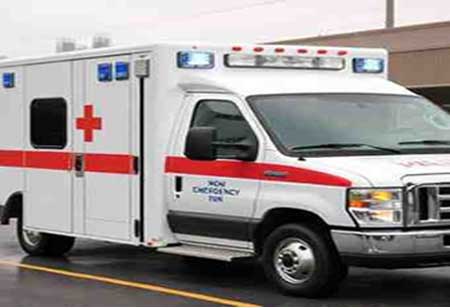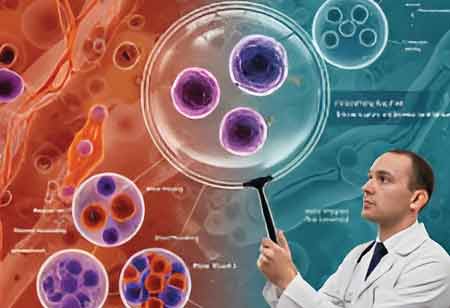Thank you for Subscribing to Healthcare Business Review Weekly Brief
Be first to read the latest tech news, Industry Leader's Insights, and CIO interviews of medium and large enterprises exclusively from Healthcare Business Review
Modern Solutions in Non-Emergency Medical Transportation
Non-emergency medical transportation is evolving, leveraging technology and collaboration to improve accessibility and healthcare access.

By
Healthcare Business Review | Friday, August 15, 2025
Stay ahead of the industry with exclusive feature stories on the top companies, expert insights and the latest news delivered straight to your inbox. Subscribe today.
Fremont, CA: The healthcare landscape is rapidly advancing, with significant progress in non-emergency medical transportation (NEMT). This crucial service enables patients to attend medical appointments, rehabilitation sessions, and other essential care. Recent innovations make NEMT more efficient, dependable, and centered around patient needs.
One of the most significant innovations in NEMT is the integration of technology. Telehealth and mobile applications are at the forefront, enabling patients to schedule rides with just a few taps on their smartphones. Many companies have expanded their services to include NEMT, offering convenient transportation solutions tailored for medical visits. These platforms often feature real-time tracking, notifications, and the ability to communicate directly with drivers, ensuring patients feel safe and informed throughout their journey.
Moreover, healthcare providers are adopting software platforms explicitly designed for NEMT management. These systems streamline scheduling, dispatching, and billing processes. For instance, some platforms utilize AI to match patients with the most appropriate transport options, considering mobility needs and geographic location.
Emphasis on Accessibility and Inclusivity
As the demand for NEMT rises, the focus on accessibility continues to grow. Innovations are being implemented to accommodate patients with diverse needs, including those with disabilities, the elderly, and individuals requiring specialized medical assistance during transport. Vehicles with wheelchair lifts, comfortable seating, and even onboard medical devices are becoming more commonplace.
Additionally, ride service companies train drivers to support passengers with special needs, ensuring they are transported and treated with respect and dignity. The commitment to inclusivity extends beyond vehicle design. Some organizations actively engage with underserved communities, conducting outreach programs to educate patients about their transportation options. This focus on inclusivity helps bridge care gaps, ensuring that every patient has equal access to the required medical services.
Enhanced Coordination with Healthcare Providers
The collaboration between NEMT providers and healthcare organizations is another groundbreaking innovation reshaping the industry. Healthcare systems increasingly recognize the importance of reliable transportation in achieving better patient outcomes. By partnering with NEMT providers, they can ensure that patients arrive on time for appointments, which is vital for managing chronic diseases and preventing unnecessary hospitalizations. This coordination is facilitated through integrated scheduling systems that allow healthcare coordinates to book transport directly for patients.
This reduces administrative burdens and allows for real-time updates on patient transport status, which can be critical for scheduling follow-up care or emergency interventions. Some healthcare providers offer seamless reimbursement options for NEMT services through Medicaid and Medicare, making it easier for patients to access transportation without financial barriers. This comprehensive model addresses transportation as a key element in healthcare delivery, ultimately contributing to improved health outcomes and patient satisfaction.






